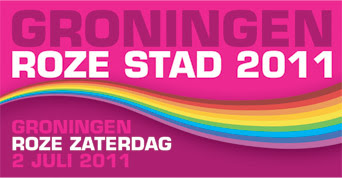Friday
Open Minds Dance Club
We're having a Gangstas and Thugs Party this Friday @ Open Minds!
There will be bad boys all over the place,
and DJ Rik will be rocking the club with the best tunes ever!
Grab your friends, put on your best Gangsta clothes, and join us at 9 pm cet 12 slt!
This is a party you don't wanna miss!
Saturday
T.R.A.C.S.
70s Party at T.R.A.C.S.
Saturday July 2nd Noon SLT (9pm CE) at T.R.A.C.S. on River Island
Sunday
Sweetgrass Pool & Disco
Tattered & Torn Party
Sunday July 3 we have a Tattered &Torn Party in Sweetgrass Pool & Disco!
Of course with a contest for the sexiest tattered and/or torn outfit.
So tear all your clothes to pieces, try to fit them together again and wear them!
Join the hottest boys in dancing at the music of DJ Xon
from 21:00-24:00 CET / 12:00 AM-3:00 PM SLT.
Keep in mind that your clothes will be even more tattered when the party ends!
Ganymede and the team
Ganymede and the team























































